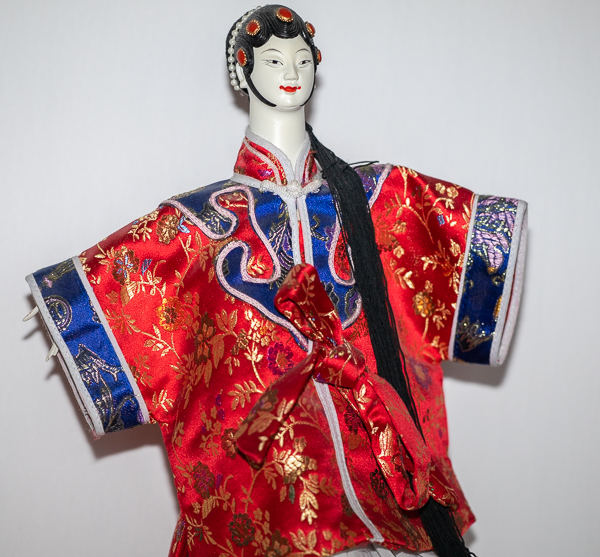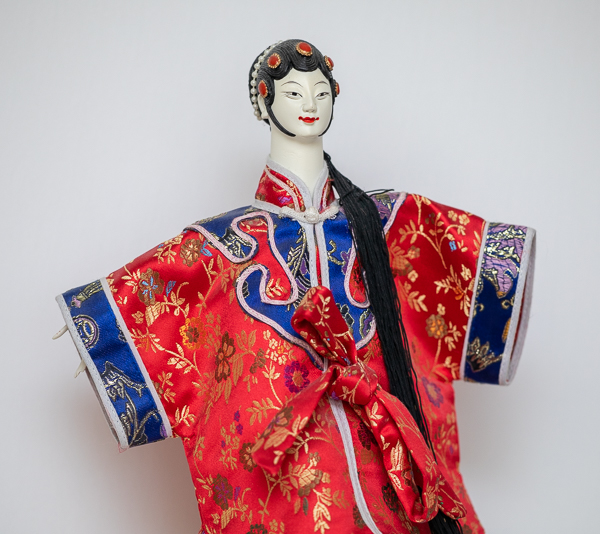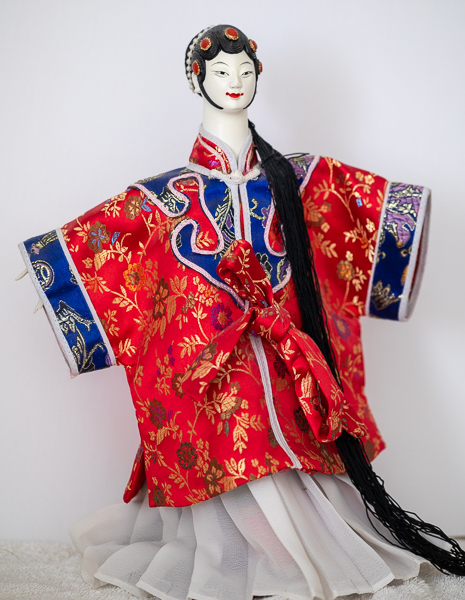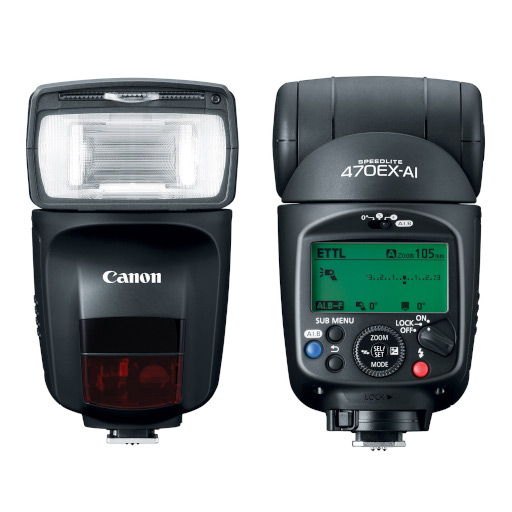Artificial intelligence seems to be everywhere these days. Photography is no exception. A number of software programs, including those from Topaz and Adobe boast of using AI to help simplify and speed up your photo editing. But now AI is entering the world of hardware, most recently with a new speed light from Canon, the 470EX-AI.
A few months back I purchased a Canon 5D Mark IV, upgrading from my very old Mark II version. Part of the incentive from Canon was that I would receive a free speed light. Enter the 470EX-AI.
Now I really didn’t think that I needed another speed light; I already owned 3 so why did I need another? I even asked the dealer if I might trade the speed light for something more useful to me. No luck. So, I came home with my new camera and a new speed light which sat for a long while still in its box on my desk.
But, finally curiosity got the best of me and I began to play with my 470EX-AI. The flash features an auto bounce mode. Now I’ve used bounce flash for years whenever I am shooting with flash indoors. Ceilings and walls can easily become giant soft boxes eliminating the “deer in the headlights” effect that you get from direct flash. And I know from my high school days, angle of incidence equals angle of reflection, so I would point my flash at the ceiling at an angle to create an isosceles triangle between camera and subject. And generally it worked. But this new artificial intelligence built into the 470EX-AI is teaching this old dog some new tricks.

The flash has 3 settings. First you can turn off the AI-Bounce feature entirely and use it just as you would any other flash. Then there’s the fully automatic mode. When set to this position, a touch of a button on the back of the flash causes it to fire two quick flashes: one straight up to measure the distance to the ceiling and one directly ahead to measure the distance to your subject. Then it calculates the “perfect bounce angle” to generate an image with no harsh shadows. And you know what? It’s right most of the time! I’ll admit that I was blown away by the results. What’s more the flash often didn’t choose a spot on the ceiling mid-way between camera and subject. Often, especially when the subject was quite close, the flash pointed behind me and the results were great.

But here’s the real magic! If I decide to change the camera orientation from landscape to portrait, I simply double tap the shutter button and the flash head rotates to maintain the same flash angle.
There is also a semi-automatic setting, in which I choose the bounce angle and set it by pushing a button on the flash head. Now, if I change my position relative to the subject or the subject moves, double-tapping the shutter button will cause the flash head to move to maintain the bounce angle that I chose. I can’t wait to try this with my grandchildren who never sit still.

Apart from the AI Bounce features, the 470EX-Ai looks much like any other speed light, allowing the user to choose between ETTL and manual, add or subtract flash compensation and most other custom functions that we have come to expect.
Now I am not trying to get people to run out and buy a new speed light in order to have AI Bounce at their disposal, but If you need a new flash, and are a Canon shooter, this one might be worth considering. At this time, only Canon offers a speed light with AI, but, if this catches on, I expect we’ll see other makers put their own versions on the market. And I have no doubt we’ll see other new products boasting of artificial intelligence. I, for one, will be less skeptical in future when such products reach the market. I’m not about to quit using off-camera flash when I can, but for those occasions when it’s easiest to work with an on-camera flash, I think I’ll keep my 470EX-AI.
Bruce Carmody
